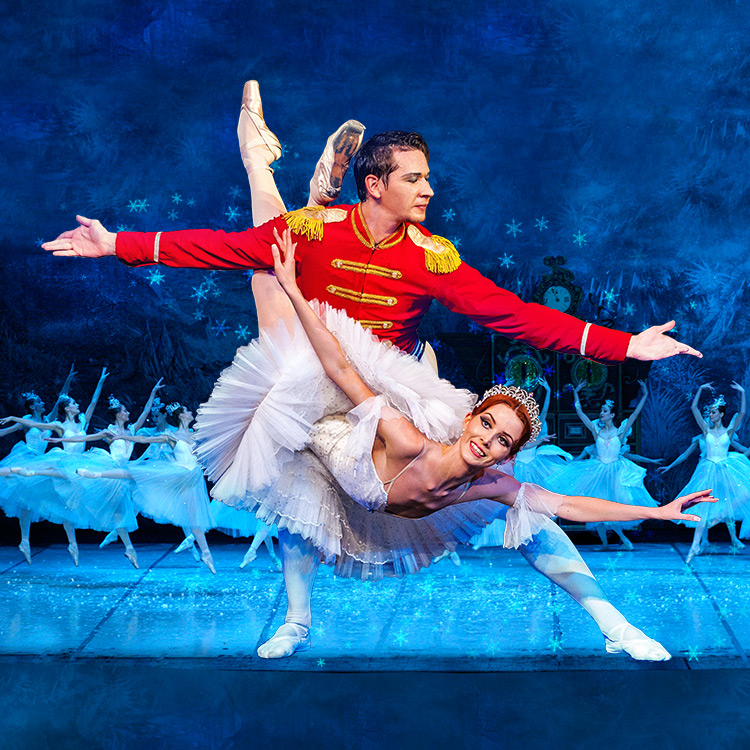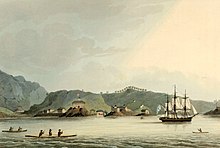Germany. Please help support the mission of New Advent and get the full contents of this website as an instant download. Includes the Catholic Encyclopedia, Church mans, Summa, Bible and more — all for only $19.99

Austria-Hungary, often referred to as the Austro-Hungarian Empire or the Dual Monarchy in English-language sources, was a constitutional union of the Austrian Empire (the Kingdoms and Lands Represented in the Imperial Council, or Cisleithania) and the Kingdom of Hungary (Lands of the Crown of Saint Stephen or Transleithania) that …

Съдържанието на този документ се генерира с безвреден за Вашия компютър active content (javascript).. Examined and Approved by the Most Holy Governing Synod, and Published for the Use of colleges, and of all Orthodox Christians, by Order of His Imperial Majesty (Moscow, at the
The War of Jenkins’ Ear pitches Britain against Spain between 1739-1748. The Russo-Swedish War, or Hats’ Russian War, is the Swedish attempt to regain territory lost to Russia in 1741-1743.
The Russian Empire (Russian: Российская Империя) or Russia was an empire that existed across Eurasia and North America from 1721, following the end of the Great Northern War, until the Republic was proclaimed by the Provisional Government that took power after the February Revolution of 1917.
A page for describing Characters: Kaiserreich: Legacy of the Weltkrieg. One of the main features of Kaiserreich is its large cast of historical characters.
Hungary – History: It is generally believed that Hungary came into existence when the Magyars, a Finno-Ugric people, began occupying the middle basin of the Danube River in the late 9th century.



Karlštejn Castle is a large Gothic castle founded in 1348 A.D. by Charles IV, Holy Roman Emperor-elect and King of Bohemia. The castle served as a place for safekeeping the Imperial Regalia as well as the Bohemian/Czech …

Upon the decline of Roman imperial power, Germanic tribes from the east took over vast lands once ruled from Rome. One of the most important were …

The true orthodox way of thought has always been historical, has always included the past, but has never been enslaved by it. . . [for] the strength of the Church is not in the past, present, or future, but in Christ.


